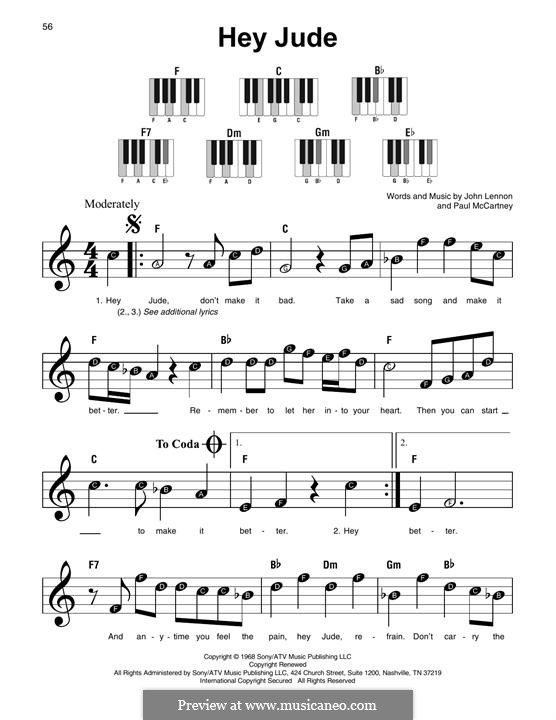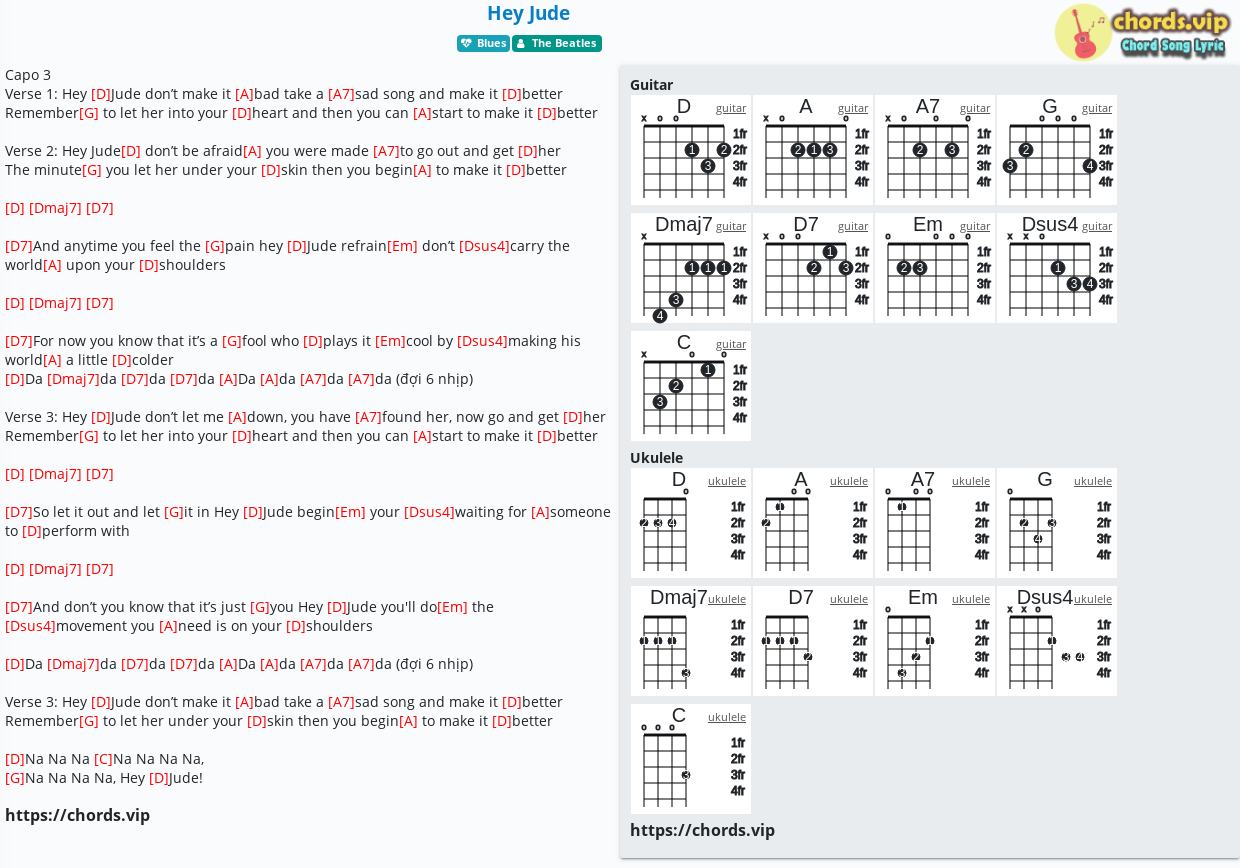
"In Spite Of All The Danger" (The Beatles) - this song plays as the docuseries explains the beginnings of The Beatles, when 16-year-old John invited Paul, who was 14, and George, who was 13, to play in his band.

The Disney+ series' soundtrack includes primarily songs from The Beatles' last two albums (which were both recorded during early 1969), as well as older Beatles songs, and even covers from composers like Chuck Berry or Bob Dylan. Related: Why George Harrison Quit The Beatles In Get Back

They often start as ramblings, continue with John or Paul finding funny lyrics for the tune, then end with a more serious process of deciding on the rhythm, the lyrics, and the solos. Perhaps the most valuable part of The Beatles: Get Back is the opportunity the viewers get to listen to John, Paul, George, and Ringo writing their songs. Within a single decade, they explored dozens of styles and instruments and created sounds that inspired musicians of every genre and generation. The Beatles are regarded as the most influential band to date. Jackson wanted to reuse this footage to give a more upbeat interpretation of The Beatles' last months. The single was an immediate hit, nominated for several Grammy awards in ’69, and spent nine weeks at the top of the charts in the United States (the longest for a Beatles single).The Beatles: Get Back features an extremely complex soundtrack that takes the viewers through The Beatles' last two albums, Abbey Road and Let It Be, as well as through the band's last year together, during which growing tensions went hand-in-hand with more playful moments. For his three-part docuseries, Lord Of The Rings' Peter Jackson used old footage, initially recorded by Michael Lindsay-Hogg for his 1970 Let It Be documentary. The original recording features ten violins, three violas, three cellos, two flutes, one contra bassoon, one bassoon, two clarinets, one contrabass clarinet, four trumpets, four trombones, two horns, percussion, and two string basses. The song was composed for a huge orchestra. The song's original title was Hey Jules since John Lennon’s son’s name is Julian. The song was written by Paul McCartney to John Lennon’s son to comfort him while his parents were getting a divorce due to John Lennon’s affair with Yoko Ono. Hey Jude was released as a single by The Beatles in 1968. If you're not that comfortable with barre chords yet, you may find this song harder than our other beginner guitar lessons, so you might want to check out some more of our easy guitar songs. It’s not a difficult song once you get used to the chords, and as you know, being able to play bar chords well is a must if you want to become a good guitarist.

HEY JUDE CHORDS WITHOUT BARRECHORDS HOW TO
It’ll improve your rhythm and timing as well.Īl in all, learning how to play Hey Jude on your guitar will improve your strumming skills, and give you a chance to practice bar chords and chord changes. Lots of songs use accented strumming, so practice it a lot. You’ll also be learning the strumming pattern of the song, which will allow you to practice accented strumming, which is a style of strumming where every given beat, you’ll strum the given chord harder, thereby creating a nice rhythm. You’ll be learning both E and A-shaped bar chords, and you’ll also be practicing changing in between them, which is a very important guitar skill. The lesson is based on barre chords, so if you are looking to practice them then this is a terrific lesson for you. This means that playing it on the guitar will not give the original sound, but in my opinion, this guitar lesson will show you a pretty good cover of the song. Hey Jude is a great song, that originally had a 36 piece orchestra for the song's refrain. With our guitar tutorial on Hey Jude, you will learn these guitar skills:


 0 kommentar(er)
0 kommentar(er)
